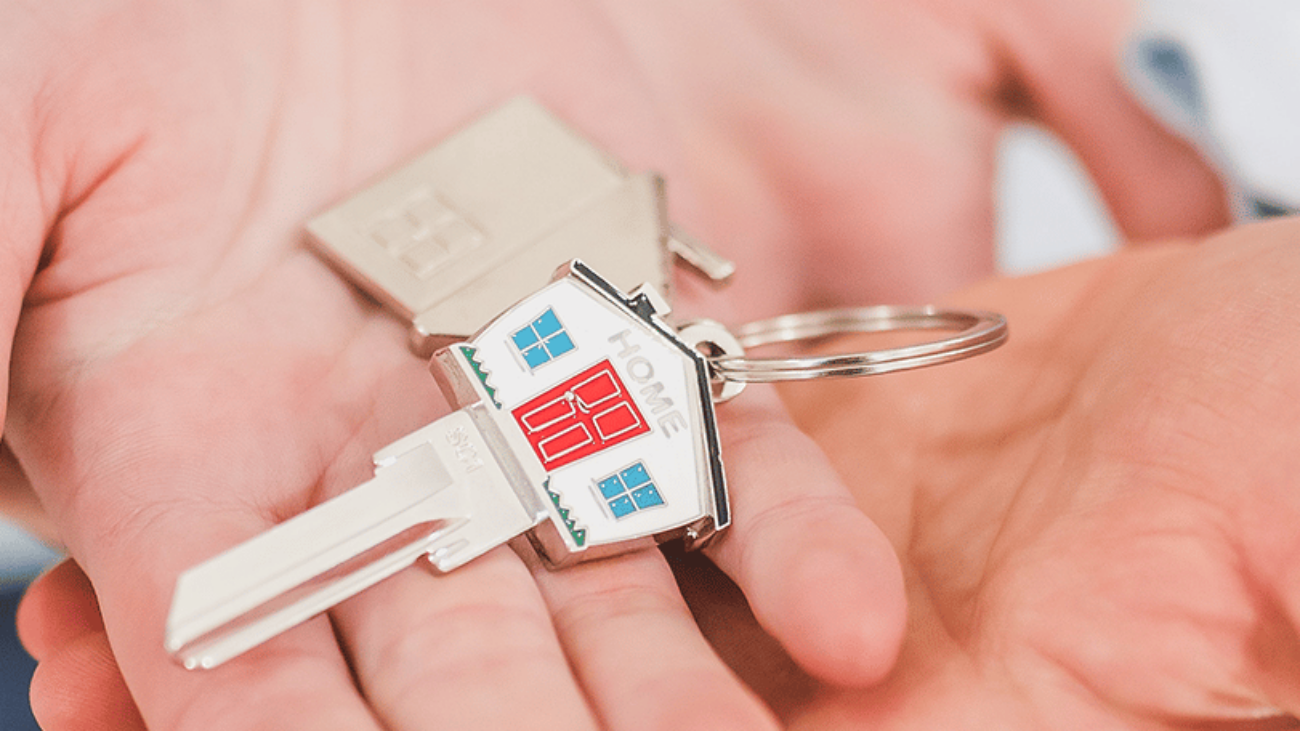[et_pb_section fb_built=”1″ _builder_version=”4.17.4″ _module_preset=”default” global_colors_info=”{}”][et_pb_row _builder_version=”4.17.4″ _module_preset=”default” global_colors_info=”{}”][et_pb_column type=”4_4″ _builder_version=”4.17.4″ _module_preset=”default” global_colors_info=”{}”][et_pb_text _builder_version=”4.17.4″ _module_preset=”default” global_colors_info=”{}”]
Use storage hacks for a more organized home — and chill family life.
It’s a given. When your kids go back to school, your schedule and family life get more hectic. But you can prep for the school year crush by fine-tuning how you organize your home, including storage and space use. Here are some ingenious but simple storage hacks for getting an organized home that will make going back to school easier.
#1 Organize Your Kids’ Bedroom Closets and Drawers
Help your kids get dressed in the morning by organizing their clothes. Arrange the clothes in see-through bins and on hangers so they can find what they want to wear and get dressed in a hurry. That way, your child won’t waste valuable time rummaging around for matching socks or their favorite shirt.
Pro tip: Label the drawers, bins, and closet organizers with the type of clothing that goes in them. If your child knows which drawer is for socks and which bin is for T-shirts, they can stash their clothes in the right places so an organized closet will stay that way.
#2 Add Places to Store Books
Make sure your child has a place to store textbooks, library books, and their own books. Install shelves that are low enough for them to reach. If they already have shelves in their rooms, organize them just like you did their closet so they can find the books they need, fast. You don’t want them to miss the bus because they’re looking for their math book.
Pro tip: Put library books in a separate bin on a low shelf so your child remembers to return them on time.
#3 Create a Dedicated Space for Homework
Create a homework station where your children can study and work on their book reports. For younger kids who need parental supervision, set up a space in the kitchen or living area so you can make sure they stay on task. For older ones who can manage homework without mom and dad, set up a study space in their rooms. Make sure they have a table or desk, a comfy chair, bins to organize school supplies, good lighting, and no distractions.
Pro tip: Keep phones and video games away from the study space (easier said than done).
#4 Set Up an Organized Drop Zone in Your Entryway
You know the drill. Your kids come home from school and throw everything from backpacks to sneakers on the floor when they step in the door. To keep your entryway from looking like a tornado went through, turn it into an organized drop zone. Create storage space for backpacks, shoes, sports equipment, hats, coats, and other gear. Put up cubbies for shoes, shelves for books, and hooks for jackets, backpacks, and tote bags. You’ll declutter the space and ramp up efficiency.
Pro tip: Put baskets or bins on the floor or on low shelves by the entrance to catch the socks, toys, papers, and other paraphernalia that doesn’t make it onto a hanger or into a cubby.
#5 Create a Back-to-School Communications Command Center
That’s a fancy way of saying you need a space where you can coordinate class and work schedules, homework assignments, school activities, and reading lists. The center can be as simple as a calendar and whiteboard on a kitchen wall. Or you can make it more functional by adding hanging bins for folders, a message board, or a small table or desk where you can put an inbox, a bill holder, and a supply of envelopes and pens.
Pro tip: Get a large whiteboard with a calendar template that lets you customize each month and write down all your school-related appointments in one place.
#6 Get the Kids’ Bathrooms in Order
Make it easier for your kids to get out the door in the morning by arranging their bathroom for maximum efficiency. Sort their bathroom essentials by category — toothbrushes, hairbrushes, towels, shampoos, and soaps. Organize them in cabinets, drawers, or bins. You want to make items easy to find so your kids can brush their teeth and hair and wash their face fast.
Pro tip: Help younger children stay organized by labeling storage areas with the type of grooming supplies they hold, like “Hair,” “Teeth,” and “Bath.”
#7 Set Up a Back-to-School Breakfast Station
Feeding children as they rush out the door to school is tough. Make it simpler by setting up a spot in the kitchen with easy-to-prepare food so your kids can eat on the run. Put out airtight containers of cereal, bowls, packets of instant oatmeal, and fruit in a basket. Make sure milk, yogurt, and other healthy breakfast foods are in easy reach in the fridge.
Pro tip: Use hotel breakfast bars as your inspo. Kids love picking their own meal from an array of food, so copy that look on the kitchen counter.
#8 Make a Snack Drawer
Kids are hungry when they come home from school. Set up an area where they can get their own snacks. Put bins in the fridge that have healthy snacks just for them. Think fruit, yogurt, string cheese, nuts, hummus and celery sticks, and cherry tomatoes. If you make healthy food as accessible and ready to eat as junk food, your kids might choose an apple instead of a bag of chips.
Pro tip: Use clear bins so the kids can see what’s in them and so you know when you’re running low on snacks.
A few back-to-school hiccups are probably inevitable. But with some simple hacks for an organized home, the transition can be a whole lot easier.
By: Leanne Potts
[/et_pb_text][/et_pb_column][/et_pb_row][/et_pb_section]




